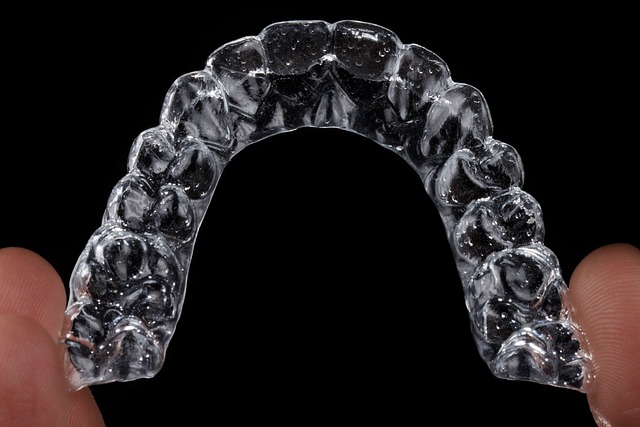How Does Invisalign Move Teeth?

When it comes to straightening teeth without the discomfort and visibility of traditional metal braces, Invisalign has become a go-to choice for many. The process involves wearing a series of custom-made, clear plastic aligners that slowly and methodically move your teeth into their ideal positions. But how exactly does Invisalign shift teeth? Let’s take a closer look.
The entire process kicks off with a consultation with your orthodontist. They will assess your dental needs, discuss the treatment process and take a detailed 3D scan of your teeth. This digital scan is then sent to the Invisalign lab, where technicians use proprietary software to create a 3D computer model of your mouth. This model is used to plan the step-by-step movement of your teeth, from their current positions to their final desired spots.
Invisalign aligners are then custom-crafted based on this personalised treatment plan. Each aligner is designed to make slight adjustments to the position of your teeth, a process based on the exact movements your orthodontist decides are necessary. They work by applying controlled force to your teeth, with the primary force moving the teeth while the secondary force helps to control the timing of the movement.
You’ll wear each set of aligners for approximately one to two weeks, before moving on to the next set in the series. As you replace each aligner with the next in your series, your teeth will gradually shift until they’re in the alignment that your orthodontist planned.
The aligners are made from a patented thermoplastic material called SmartTrack, which is designed for comfort and to fit snugly over your teeth. This flexible material exerts a constant, gentle pressure on your teeth, which encourages them to move gradually.
Unlike traditional braces, the force applied by Invisalign aligners is more constant but less forceful, which can make the treatment more comfortable. The aligners are also clear and virtually invisible, so they’re much less noticeable than traditional braces. Plus, they’re removable, allowing you to maintain good oral hygiene and to eat whatever you like without any restrictions.
However, for Invisalign to be successful, patient compliance is crucial. You need to wear your aligners for 20 to 22 hours per day, only removing them to eat, drink anything other than water, and to brush and floss your teeth.
Over the course of treatment, which generally ranges from 12 to 18 months (though this can vary depending on the complexity of the case), your teeth are moved into their proper position. This progression is gradual, and with each new set of aligners, you’ll be able to see the difference as your teeth align to the final position.
In conclusion, Invisalign moves teeth using a planned, controlled, and gradual force, applied by a series of custom-made aligners. This modern, high-tech approach to orthodontics has made teeth straightening far more comfortable and convenient than in the past. However, the treatment isn’t suitable for everyone, and the cost can be higher than traditional braces. So, it’s important to have a thorough discussion with your orthodontist about your treatment options to make sure you choose the one that’s right for you.
